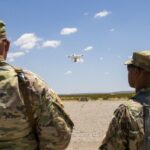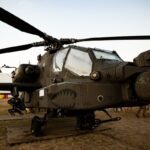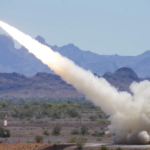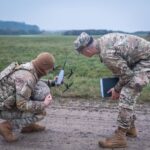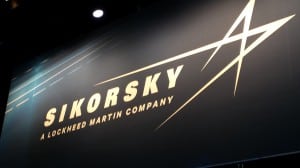
LOUISVILLE, Ky.--Lockheed Martin [LMT] proudly announced it was back in the business of developing helicopters with Sikorsky’s booth here at the 2016 Heli-Expo commercial trade show.Heli-Expo was Sikorsky’s first major convention as a division of Lockheed Martin, having been acquired from United Technologies Corp. [UTX] in late 2015. It was clear that the company was not just a unit of new parent Lockheed Martin, but part of the family.While many companies have giant rings above their booths to allow attendees…

